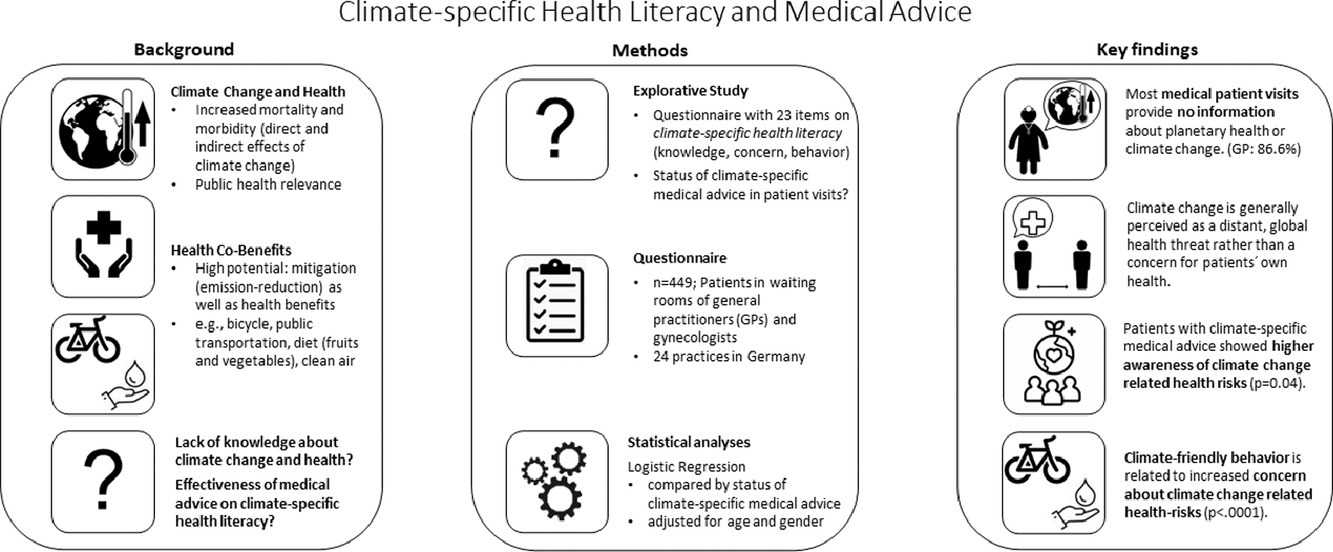Elsevier,
The Journal of Climate Change and Health, Volume 4, 2021, 100070
The healthcare industry is the second leading contributor of waste in the United States. This study reports a waste audit to identify key waste generators in an outpatient practice and start immediately reducing waste and greenhouse gas emissions.
Elsevier,
SLAS Discovery, Volume 26, October 2021
Organoids are three-dimensional, functional structures that mimic in vivo organs. They offer new opportunities for the modeling of cancer and infectious and rare hereditary diseases. Furthermore, the advent of organoid biobanks opens new avenues for drug screening in a personalized fashion and holds much promise for personalized regenerative medicine. Thus, there is a need for reproducible, large-scale organoid generation with minimal variability, making manual approaches impracticable. Here, we review the current use of automation in organoid culture and analysis, using cerebral and retinal organoids as illustrations of current applications. An increased demand for automated organoid platforms is anticipated.

